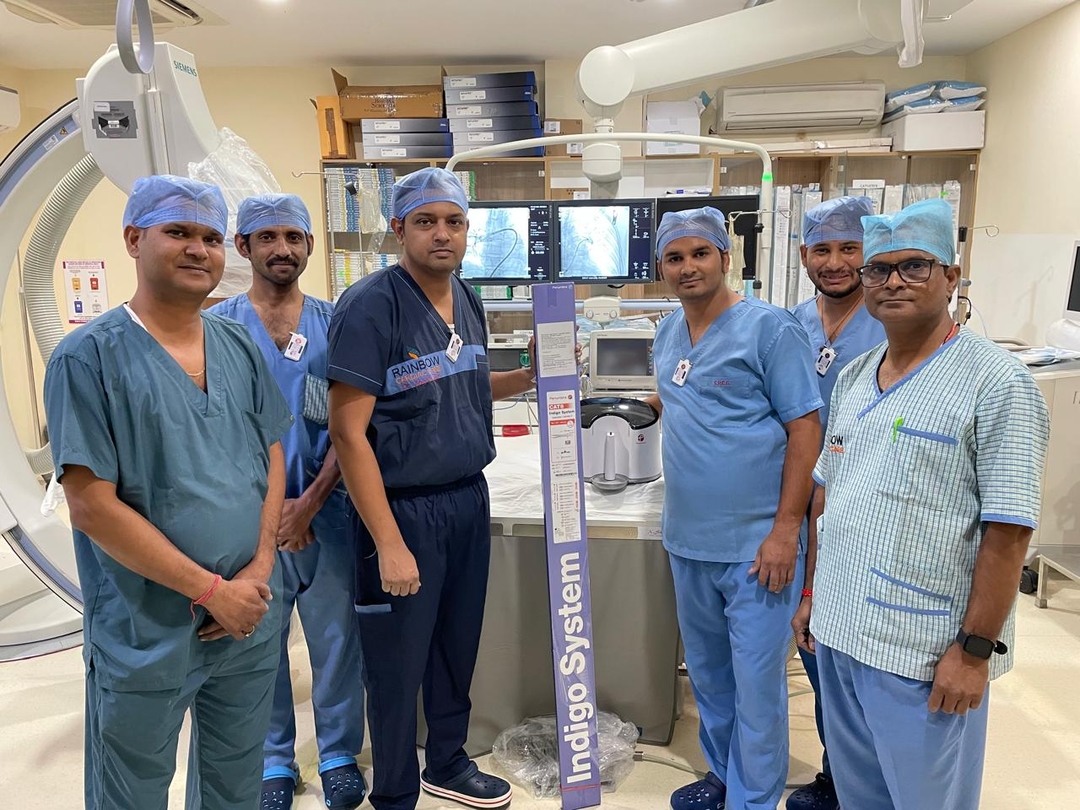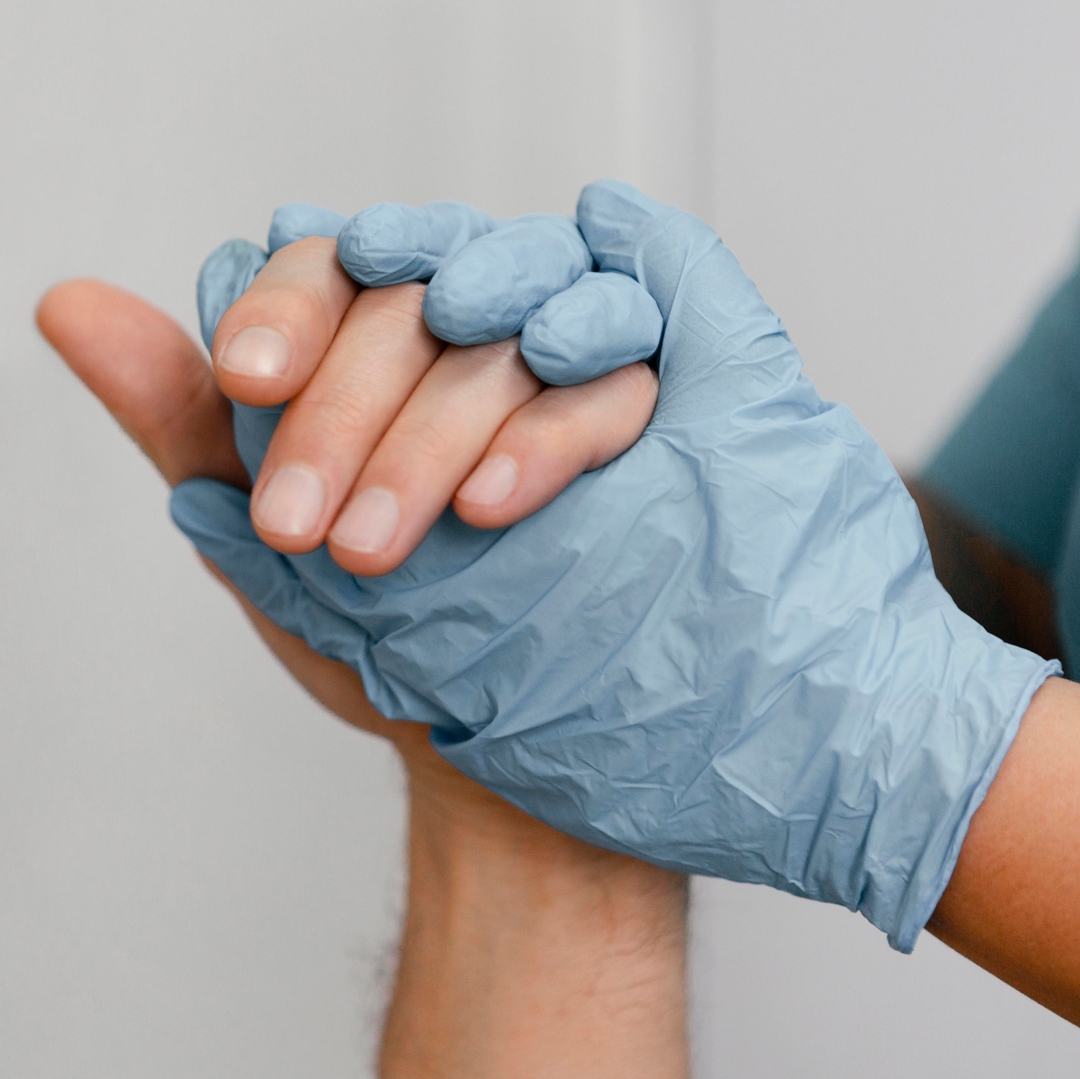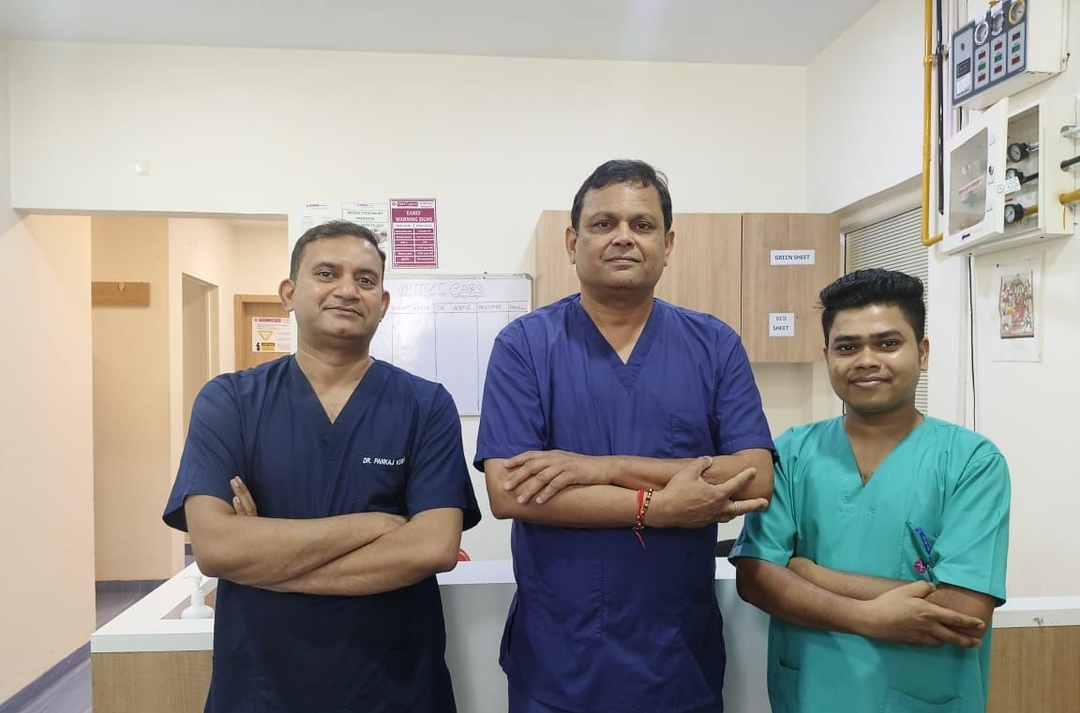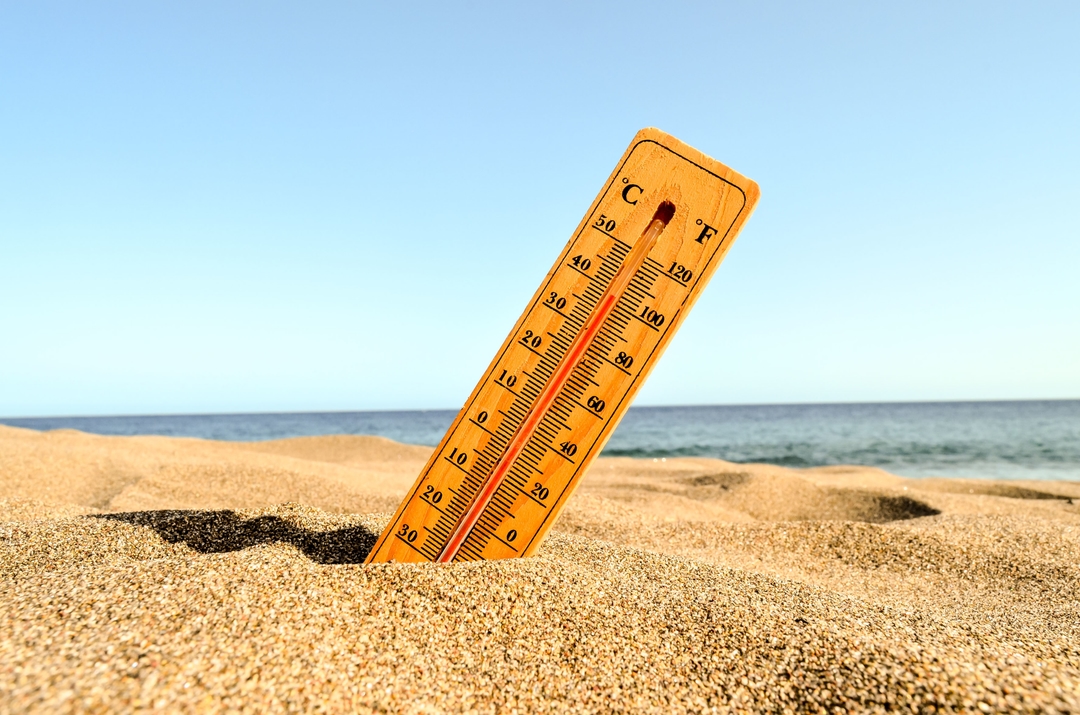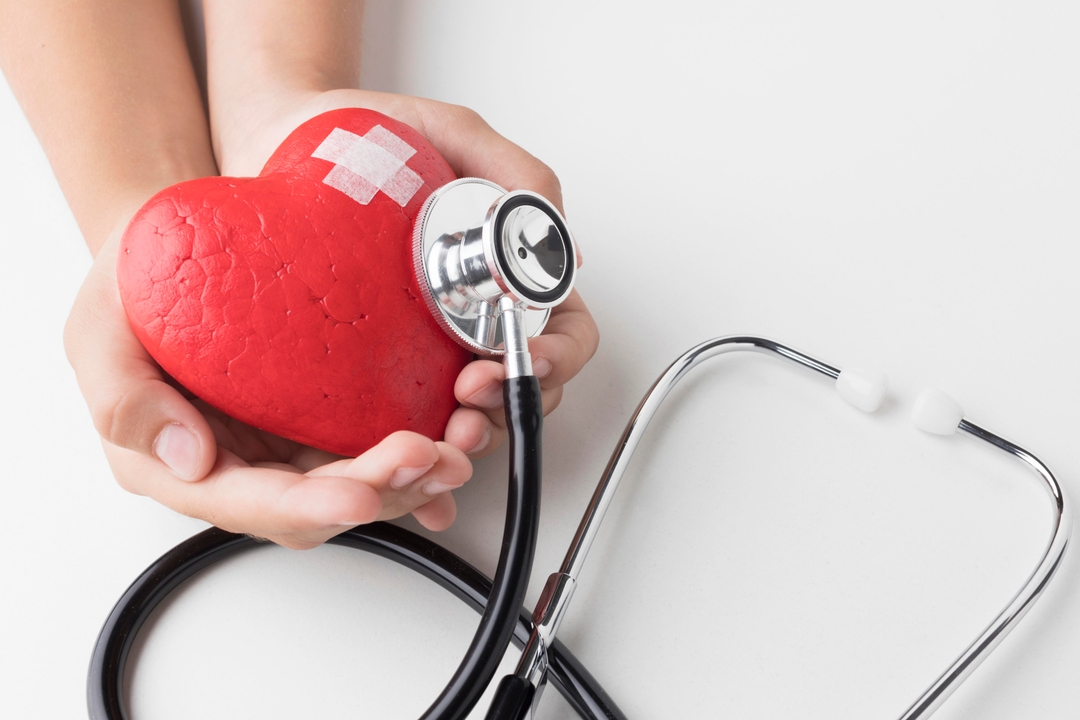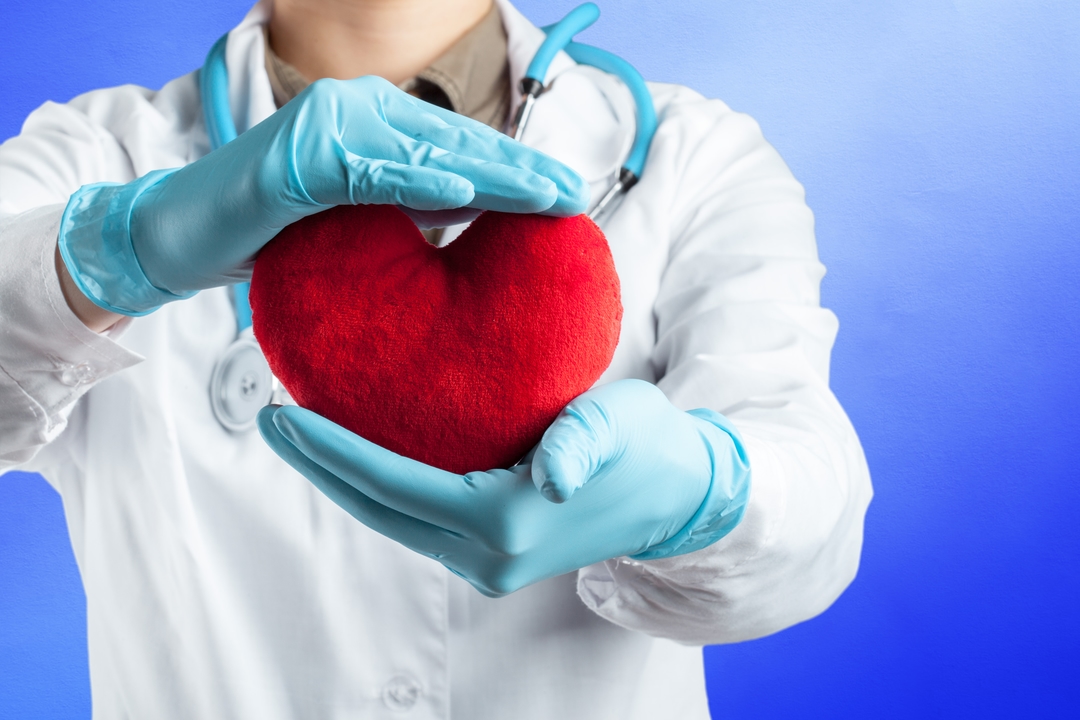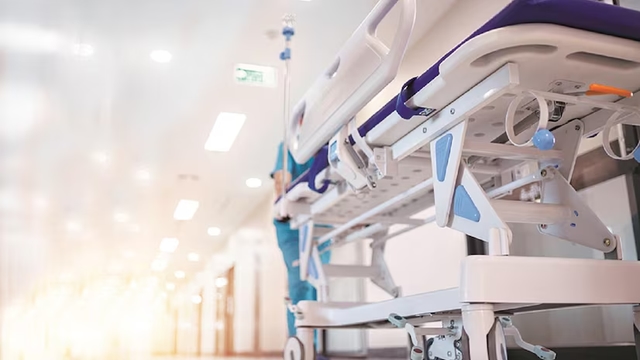
Leprosy Disease: Causes, Symptoms and Treatment
By Ujala Cygnus
Reviewed by : Jalaz Jain
January 29, 2022
Leprosy is a transmissible disease that affects the skin, membranes, mucous and nerves. It causes discolouration and lumps on the skin. In extreme cases, deformities and disfigurement. Leprosy is now mostly confined to Asia tropical Africa.
Causes
Leprosy is generated by a slow-growing variety of bacteria called Mycobacterium leprae (M. leprae). The scientist Hansen discovered M. leprae in 1873 after it is also known as Hansen’s disease. It isn’t evident exactly how leprosy is transferred. When an individual with leprosy sneezes or coughs, they may spread droplets, including the M. leprae bacteria that another individual breathes in. Close physical contact with an infected individual is required to communicate leprosy. It isn’t spread by simple contact with an infected individual, like hugging, shaking hands, or at a table during a meal or sitting next to them on a bus. Pregnant mothers with leprosy can’t give it to their unborn[babies] (https://ujalacygnus.com/blog_post/baby-having-hot-head-but-cold-body/), and it’s not communicated by sexual contact either.
Types Of Leprosy
Leprosy is determined by the quantity and type of skin sores you have. Exact symptoms and treatment depend on the kind of leprosy. The types are:
Tuberculoid. A benign, slightly painful form of leprosy. Individuals with this kind have only one or a few flat, pale-coloured skin (paucibacillary leprosy). The affected area of the skin may sense numbness because of nerve damage underneath. Tuberculoid leprosy is slightly more infectious than other conditions.
Lepromatous. A more extreme form of the disease. It conveys widespread skin blemishes, rashes (multibacillary leprosy), muscle weakness and numbness. It may also impact the kidneys , male reproductive organs and nose. It is more infectious than tuberculoid leprosy.
Borderline. Individuals with this kind of leprosy have signs of tuberculoid and lepromatous forms both.
Symptoms
The bacteria can take from 2 to 10 years to ultimately grow. When it does, can notice the following symptoms:
Dial 88569-88569 to get the best doctor consultation on leprosy.
Treatment
Leprosy can be cured. Sixteen million individuals with sickness infection have been treated in two decades. The WHO (World Health Organization) gives free healing to all individuals with leprosy.
Treatment relies upon the sort of leprosy that the individual has. Antibiotics are utilized to treat the disease. Long term treatment, normally from 6 months to a year, with at least two or more antibiotics, is suggested. Individuals with severe symptoms might have to take antibiotics for a longer time. However, nerve damage cannot be treated by antibiotics.
Anti-inflammatory drugs are utilized to manage nerve pain and harm connected with the disease. Patients may also be given thalidomide, powerful medicine that stifles the body’s immune system and assists in treating leprosy skin nodules.
Thalidomide is known to cause severe and grave congenital disabilities and should not be taken by pregnant ladies or those who might become pregnant.
Get answers to Leprosy-related queries, dial 88569-88569 .
Loading...
